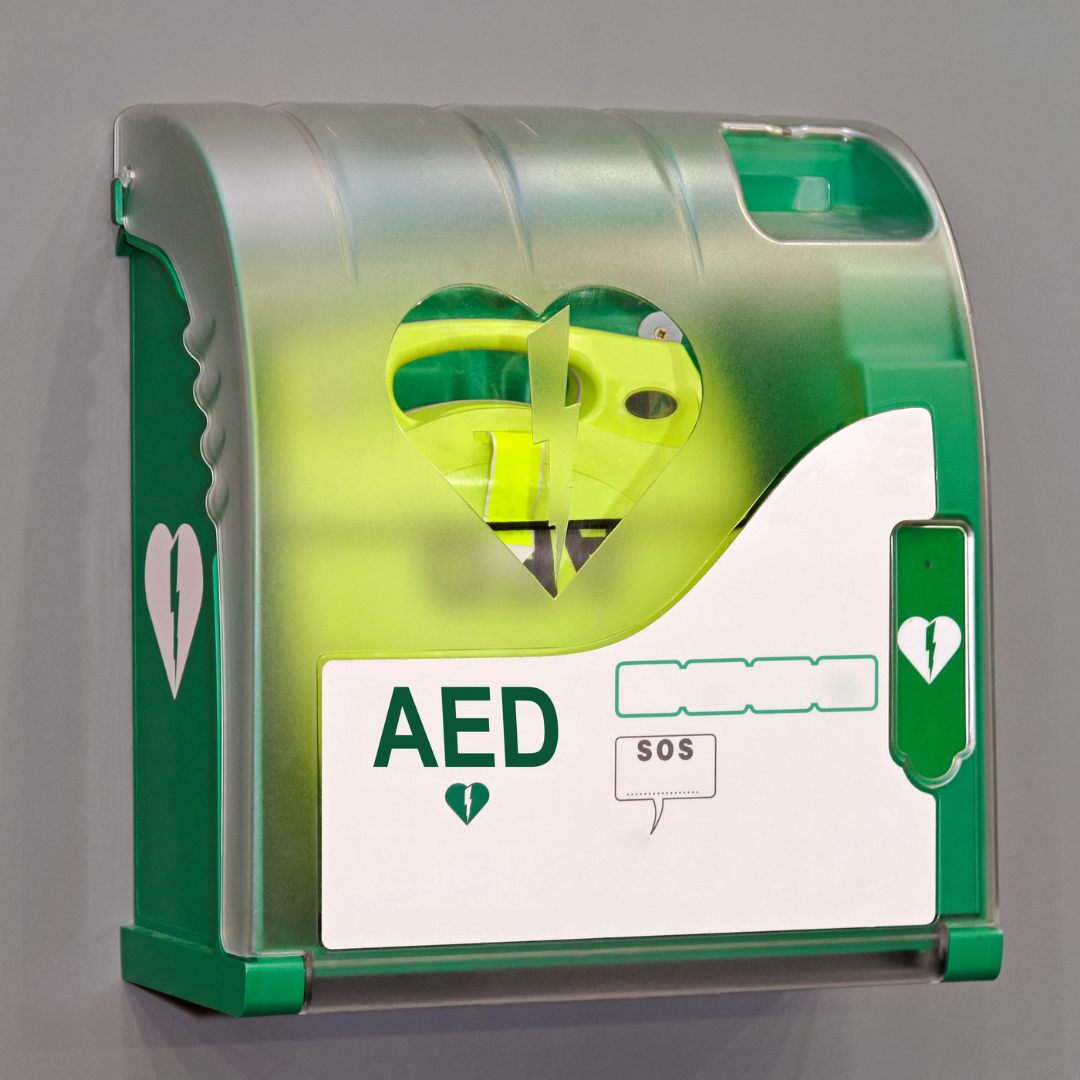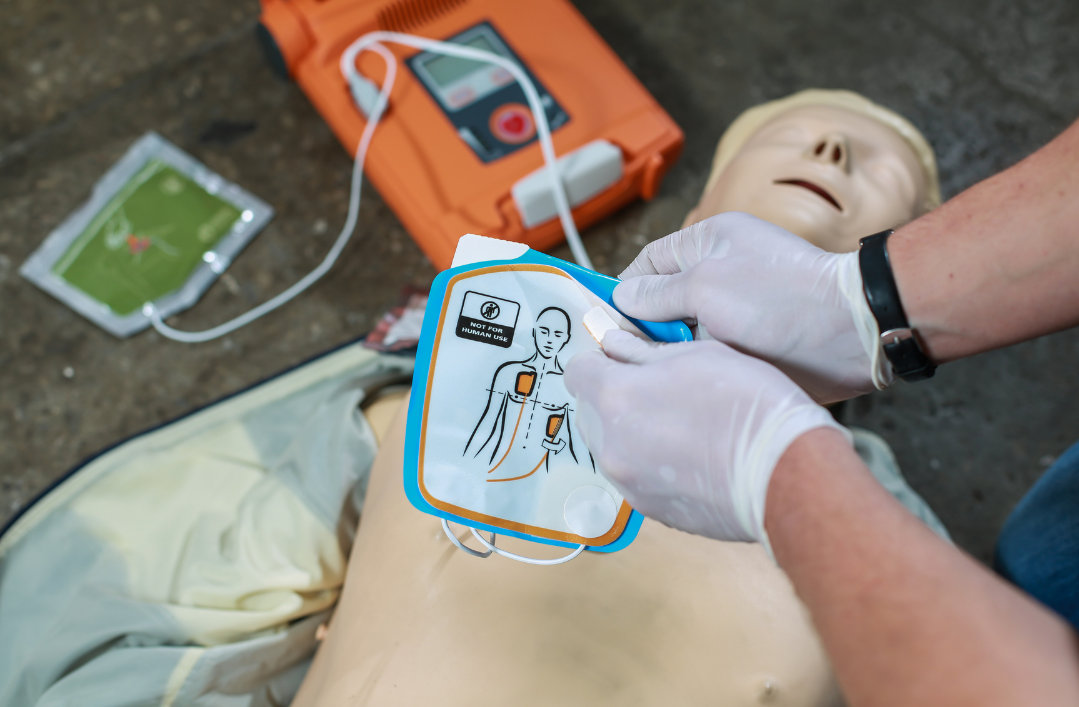Automated External Defibrillators
Have you ever been scared to use an Automated External Defibrillator (AED)? Will you know what to do in the event you need to use one?
I have found that they are very simple to use and if you remain calm, can save someone’s life.
An AED is a portable device that delivers an electric shock to the heart of someone in cardiac arrest. The shock, called defibrillation, can help to restore a normal heart rhythm and potentially save the person's life.
AEDs are designed to be simple to use, even by someone with no first aid training. They have clear, spoken instructions and visual prompts that guide the user through the process of attaching the AED pads to the person's chest and delivering the shock. All AEDs are even designed to be used by children they are that simple.
When a person is in cardiac arrest, every minute without defibrillation reduces their chance of survival by 10%. So, AEDs are placed in public places such as shopping centers, sports facilities, airports, and schools, so that they can be easily accessed in an emergency.
It's important to note that AEDs should only be used on a person who is unresponsive and not breathing, as they are not a treatment for other types of medical emergencies. If a person is conscious and breathing, they should be treated with other first aid measures such as calling Triple Zero (000) and asking for help.

There are several different types of defibrillators available, each with its own set of features and capabilities:
All these types of defibrillators are designed to restore normal heart rhythm in the event of cardiac arrest and can potentially save lives. In the event someone has a pacemaker or internal defibrillator implant, you should use an AED as the internal defibrillator is not working and thus, the casualty needs a shock from the external defibrillator.
- Manual External Defibrillators: These are the ones you see in the movies and TV shows. They are the oldest type of defibrillator, which requires a trained operator to manually interpret the patient's ECG rhythm and then deliver a shock if necessary. They are not recommended for use by non-medically trained personnel.
- Automated External Defibrillators (AEDs): As I mentioned before, these are the most common type of defibrillator. They are designed to be simple to use, even by someone with no medical training. They are equipped with voice prompts, visual indicators, and alarms that guide the user through the process of attaching the AED pads to the person's chest and delivering the shock.
- Implantable Cardioverter Defibrillators (ICDs): Another name pacemakers and Internal Defibrillators. These are small devices that are surgically implanted under the skin of the chest. They continuously monitor the patient's heart rhythm and can deliver a shock if necessary. They are typically used for patients who have a high risk of sudden cardiac arrest or have a history of heart problems.

Remember to follow DRSABCD in all first aid emergencies, especially when using a Defibrillator. You can find more information on DRSABCD in the blog list.
If you have found value from this blog, leave a comment, subscribe on the home page for future blogs, share it with your friends and visit my Instagram and Facebook pages.